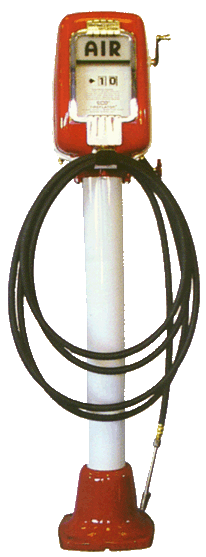Octane CalculatorThis calculator determines the minimum octane rating, also know as the knock index, by the formula (R+M)/2. Octane rating number is defined as a value used to indicate the resistance of a motor fuel to knock. Octane numbers are based on a scale on which isooctane is 100 (minimal knock) and heptane is 0 (bad knock). A gasoline with an octane number of 92 has the same knock as a mixture of 92% isooctane and 8% heptane. To calculate simply enter the Research octane Number (RON) and the Motor octane Number (MON) ; click on Calculate and the minimum octane number, what you see at the pump, is returned. We have inserted potential defaults that are correct for the most popular octane rating of 87. You may however, change the values appropriately. This method of calculation is good for all internal combustion engines, including automotive or general aviation. Consult the appropriate engine manual or vehicle owner's manual for the suggested minimum octane rating. You may wish to experiment to see if you can use a grade lower fuel without creating engine ping, in order to be optimally cost efficient. In internal combustion engines, the compressed gasoline-air mixtures have a tendency to ignite prematurely rather than burning smoothly. This creates engine knock, a characteristic rattling or pinging sound in one or more cylinders. The octane number of gasoline is a measure of its resistance to knock. The octane number is determined by comparing the characteristics of a gasoline to isooctane (2,2,4-trimethylpentane) and heptane. Isooctane is assigned an octane number of 100. It is a highly branched compound that burns smoothly, with little knock. On the other hand, heptane is given an octane rating of zero. It is an unbranched compound and knocks badly. Straight-run gasoline has an octane number of about 70. In other words, straight-run gasoline has the same knocking properties as a mixture of 70% isooctane and 30% heptane. Cracking, isomerization, and other processes can be used to increase the octane rating of gasoline to about 90. Anti-knock agents may be added to further increase the octane rating. Tetraethyl lead, Pb(C2H5)4, was one such agent, which was added to gas at the rate of up to 2.4 grams per gallon of gasoline. The switch to unleaded gasoline has required the addition of more expensive compounds, such as aromatics and highly branched alkanes, to maintain high octane numbers. Gasoline pumps typically post octane numbers as an average of two different values. Often you may see the octane rating quoted as (R+M)/2. One value is the research octane number (RON), which is determined with a test engine running at a low speed of 600 rpm. The other value is the motor octane number (MON), which is determined with a test engine running at a higher speed of 900 rpm. If, for example, a gasoline has an RON of 98 and a MON of 90, then the posted octane number would be the average of the two values or 94. High octane gasoline does not out perform regular octane gasoline in preventing engine deposits from forming, in removing them, or in cleaning the engine. You should select the lowest octane grade at which the car's engine runs without knocking. Occasional light knocking or pinging won't harm the engine, and doesn't indicate a need for higher octane. A heavy or persistent knock may result in engine damage.
|

 Back To Home Page
Back To Home Page
